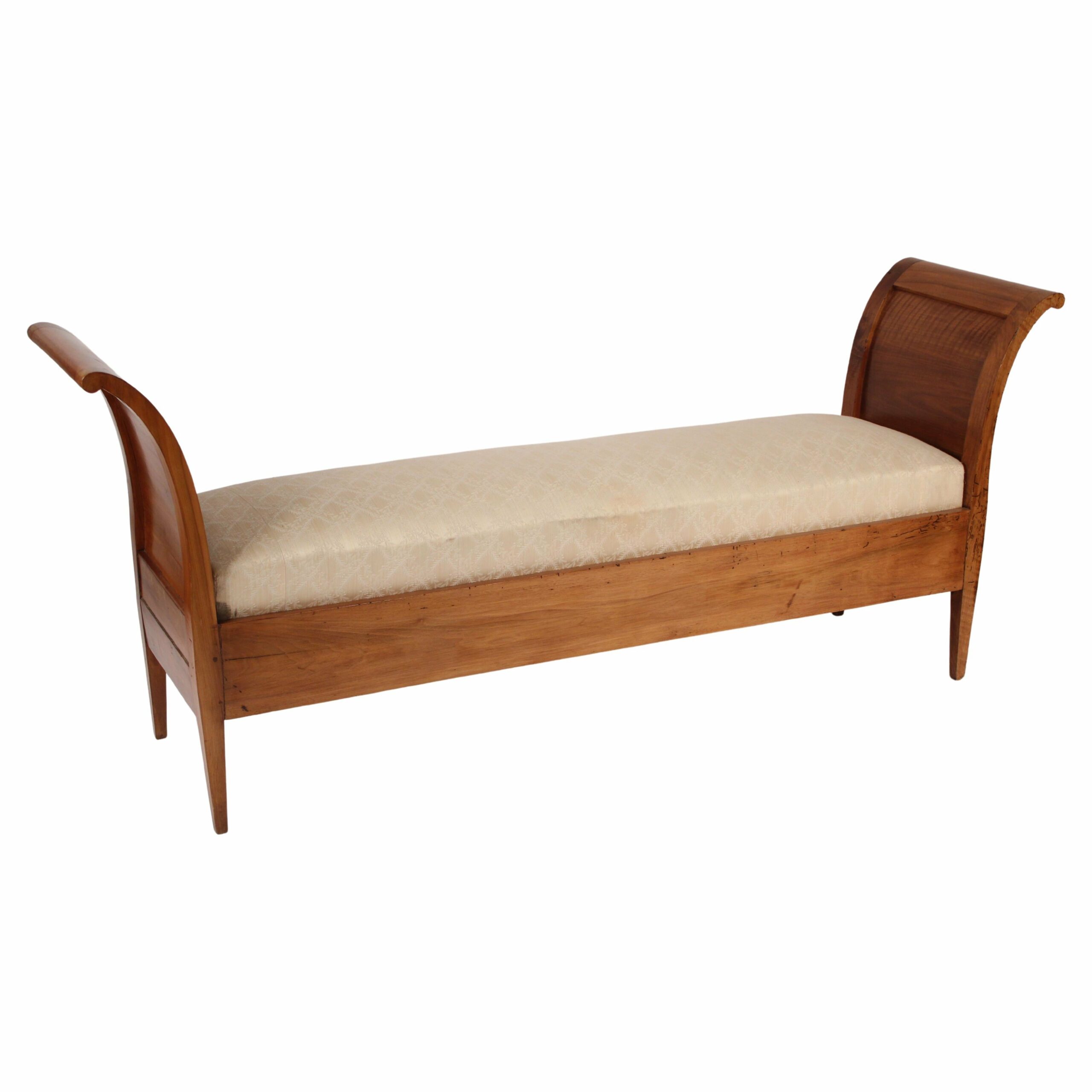
Classical style furniture has been a symbol of elegance and sophistication for centuries. With its intricate designs, high-quality materials, and attention to detail, it’s no wonder that this style has stood the test of time. In this article, we’ll explore the world of classical furniture, from its origins to its modern interpretations, and how you can incorporate it into your own home.
Understanding the Origins of Classical Furniture Design
The roots of classical furniture design can be traced back to ancient Greece and Rome, where the art of furniture making was highly regarded. Skilled craftsmen created pieces that were not only functional but also beautiful, with intricate carvings and inlays that showcased their talent. As the Roman Empire expanded, so did the influence of classical design, with elements of Greek and Roman art and architecture being incorporated into the furniture of the time.
During the Renaissance, classical design experienced a revival, as artists and craftsmen looked to the past for inspiration. This period saw the creation of some of the most iconic pieces of classical furniture, such as the ornate, heavily carved cassone (a type of chest) and the sgabello (a decorative chair). The influence of classical design continued to be felt throughout the following centuries, with the Baroque, Rococo, and Neoclassical styles all drawing on elements of classical design.

What is Modern Classic Room Design?
Modern classic room design is a contemporary interpretation of classical style, combining the elegance and sophistication of traditional design with the clean lines and simplicity of modern aesthetics. This approach allows for a more versatile and adaptable look, making it easier to incorporate classical elements into a variety of interior styles. Key features of modern classic room design include a neutral color palette, the use of high-quality materials, and a focus on balance and symmetry.

One of the most popular ways to incorporate modern classic design into a room is through the use of furniture. By selecting pieces that have a timeless appeal, such as a classic home office desk or a classically styled sofa, you can create a space that feels both elegant and inviting. Additionally, incorporating classic ceiling designs, such as coffered or tray ceilings, can add an extra layer of sophistication to your space.

Classic Italian Design: A Lasting Legacy
Italy has long been a center of excellence when it comes to classical furniture design. From the ornate, gilded pieces of the Baroque period to the sleek, minimalist lines of mid-century modern, Italian designers have consistently pushed the boundaries of what is possible in furniture design. Classic Italian design is characterized by its attention to detail, use of high-quality materials, and a focus on craftsmanship.

One of the most iconic examples of classic Italian design is the Venetian style, which emerged in the 18th century. This style is known for its elaborate carvings, intricate marquetry, and use of luxurious materials such as velvet and silk. Today, classic Italian design continues to be a popular choice for those looking to add a touch of elegance to their homes.

Choosing the Right Classical Furniture for Your Home
When it comes to selecting classical furniture for your home, there are a few key factors to consider. First and foremost, think about the overall style and aesthetic of your space. If you have a more traditional interior, you may want to opt for pieces that have a more ornate, decorative appearance. On the other hand, if your home has a more contemporary feel, you may prefer furniture with cleaner lines and a more streamlined silhouette.
Another important consideration is the scale of the furniture. Classical pieces can often be quite large and imposing, so it’s essential to ensure that the pieces you choose will fit comfortably within your space. Additionally, think about the materials and finishes that will best complement your existing décor. From rich woods and luxurious fabrics to sleek metals and glass, there are countless options to choose from when it comes to classical furniture.
Creating a Cohesive Look with Classical Style Furniture
One of the challenges of incorporating classical furniture into your home is ensuring that the various pieces work together to create a cohesive look. To achieve this, consider using a consistent color palette throughout your space, as well as coordinating the finishes and materials of your furniture. Additionally, pay attention to the scale and proportion of your pieces, ensuring that they are balanced and harmonious within the room.
By carefully selecting and arranging your classical style furniture, you can create a timeless and elegant space that will be enjoyed for years to come.




